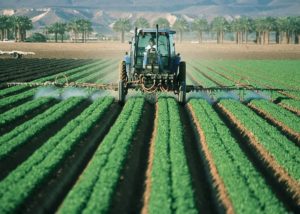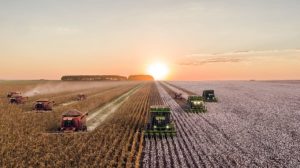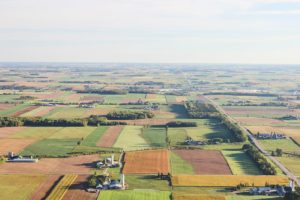Plants growing on the earth’s surface capture solar radiation, absorb carbon dioxide from the atmosphere, and draw water and mineral elements from the soil to create organic matter and thus ensure their development.
All plant organs, such as seeds, roots, stems, and even leaves, can become sources of energy or fuel thanks to their composition of oils and glucose. But some plants lend themselves better than others!
Two types of biofuels
There are two main types of first-generation biofuels: diester for diesel engines, and bioethanol for gasoline engines.
- The diester is made from rapeseed, sunflower or soybean vegetable oils. It is used in mixture with diesel.
- Bioethanol comes from plants rich in sugar, such as sugar cane or sugar beet. It can also be obtained from plants with a high starch content: wheat, corn, potato.

Diester: a question of oils
For the diester, the fatty acid composition of vegetable oils is decisive, because the oils must be very stable with respect to heat.
In this perspective, the sunflower is a particularly interesting plant because its oil is composed of a great diversity of fatty acids. In 2006, a selection program was also launched from 76 sunflower ecotypes.
Should plants be adapted?
Yes, because for biofuels to be economically viable, the plant must be as easy as possible to transform. The breeders, therefore, look for varieties more interesting. For sugar cane and beet, the richness in sugar, and therefore potentially in alcohol, is a permanent selection criterion. As for wheat, corn, and potato, research is currently focusing on the content and quality of starches.
Do biofuels compete with food needs?
Biofuel production has generally developed as a complement to food production and not as a substitute. Even if the possible competition with food production remains a point of vigilance, it has allowed many countries to be less dependent on oil imports and to create production sectors rich in jobs.
In addition, the current trend is to transform the “waste” from field crops (the stalk and leaves of corn, for example) or to produce biofuels from non-food plants that consume less input.


 Equipment of tractors with GPS
Equipment of tractors with GPS Limiting the area of cultivable land and leaving the rest in meadows makes it possible to limit the treatments and doses of pesticides and insecticides.
Limiting the area of cultivable land and leaving the rest in meadows makes it possible to limit the treatments and doses of pesticides and insecticides. Adopting food choices that have less impact on the planet
Adopting food choices that have less impact on the planet